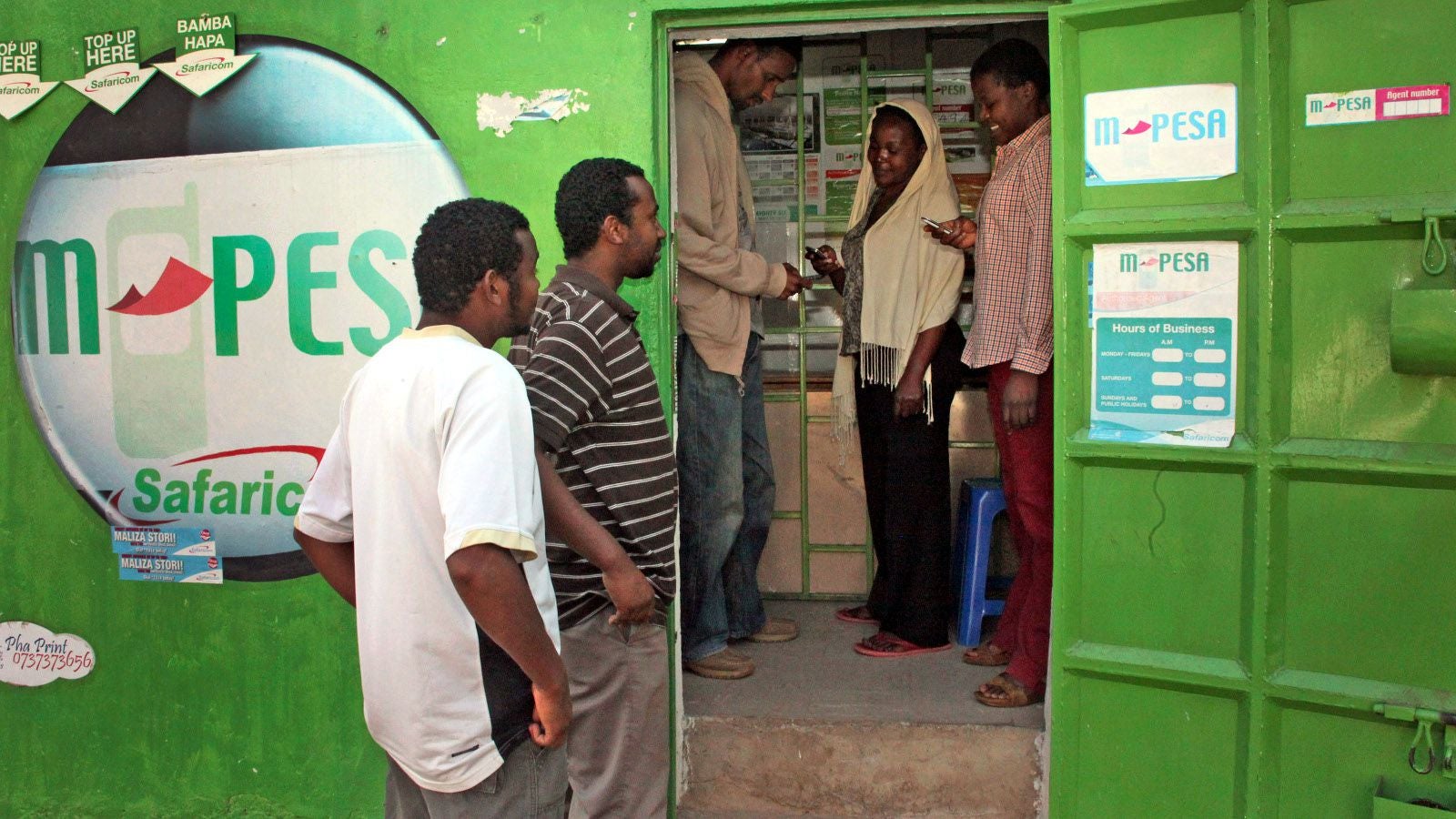This may be the most empirically-sound way to donate to charity this year
It’s the time of the year when many Americans feel compelled to donate to a charity abroad—and many find themselves in a quandary about where, and how, to send their money. Recent research and controversies can sometimes make it seem that donations to the poor around the world don’t really help at at all.


It’s the time of the year when many Americans feel compelled to donate to a charity abroad—and many find themselves in a quandary about where, and how, to send their money. Recent research and controversies can sometimes make it seem that donations to the poor around the world don’t really help at at all.
You want to sign up for a buy-one-give-one program to help the poor get shoes or eyeglasses? But you could actually be hurting the local economy’s ability to produce those same goods. You’d like to fund an NGO that’s building schools in a war-torn country? It could be a fraud. And of course there are broader criticisms of the charity-industrial complex, and its effect on emerging markets.
But don’t let the complexities crimp your charitable urges. If you’re a Quartz reader, you’ve probably heard of GiveDirectly, a favorite charity of economists because of its rigorous, controlled analysis, and reliance on anti-poverty technique whose simplicity can be replicated anywhere: Give cash to poor people and let them use it how they see fit to improve their lives. And don’t just give them cash: Use randomized trials to measure the effects of that giving and ensure that it works.
Last year, GiveDirectly released such a study (pdf) of two years of giving in Kenya and Uganda, which found that households increased their consumption spending and assets with the money, typically putting it towards livestock, metal roofs and food, but not alcohol or tobacco, a concern among some donors. They also documented psychological benefits among recipients. Earnings increased 34%, assets increased 52%, and the number of days children went without food was reduced by 42%.
Of course, GiveDirectly isn’t without its critics. Some note that there are big problems—like providing vaccinations or building roads and power-lines—that require coordinated effort and local-government participation. There are also questions of whether cash transfers from the charity, founded in 2009, will continue to impact communities in the future.
GiveDirectly has a pretty compelling response: One, they are dedicated to continued testing of their program, to monitor its future effects; two, that cash transfers are some of the most rigorously-tested anti-poverty programs around; and that the figures from other charities to which it is compared aren’t the result of transparent, independently-vetted data but marketing materials.
If you read between the lines of the debate over GiveDirectly, you can see that it’s doing more than just helping poor people. It’s also forcing the aid community to produce more effective metrics of their aid, which could be a force multiplier in effective giving.